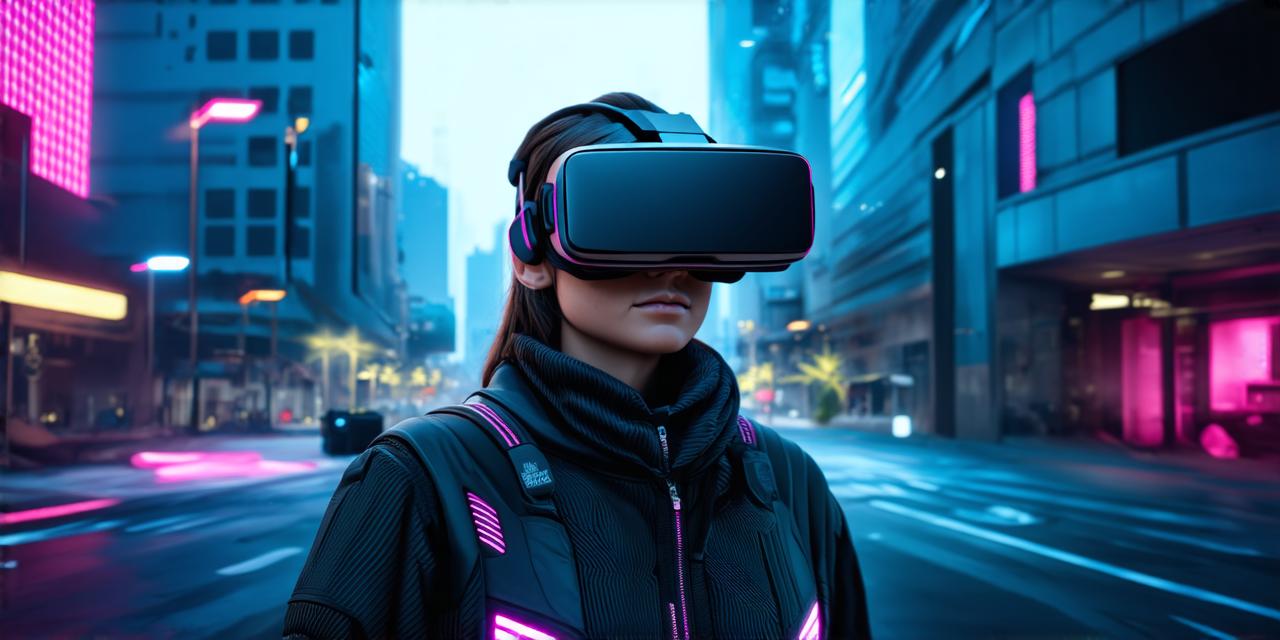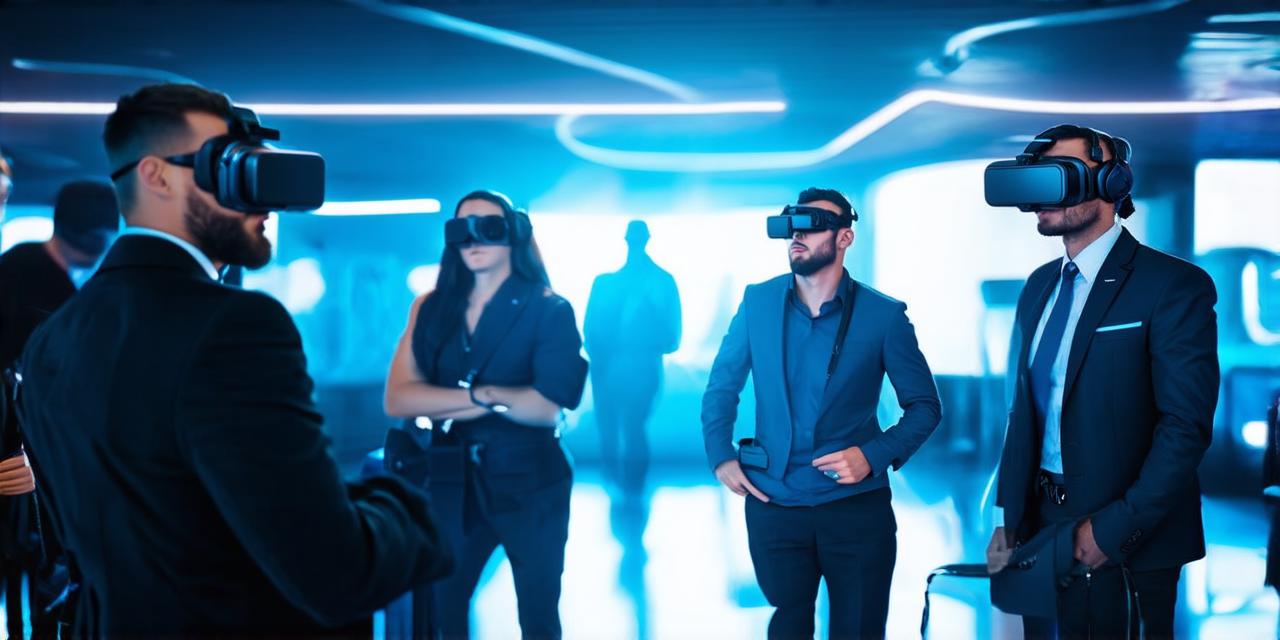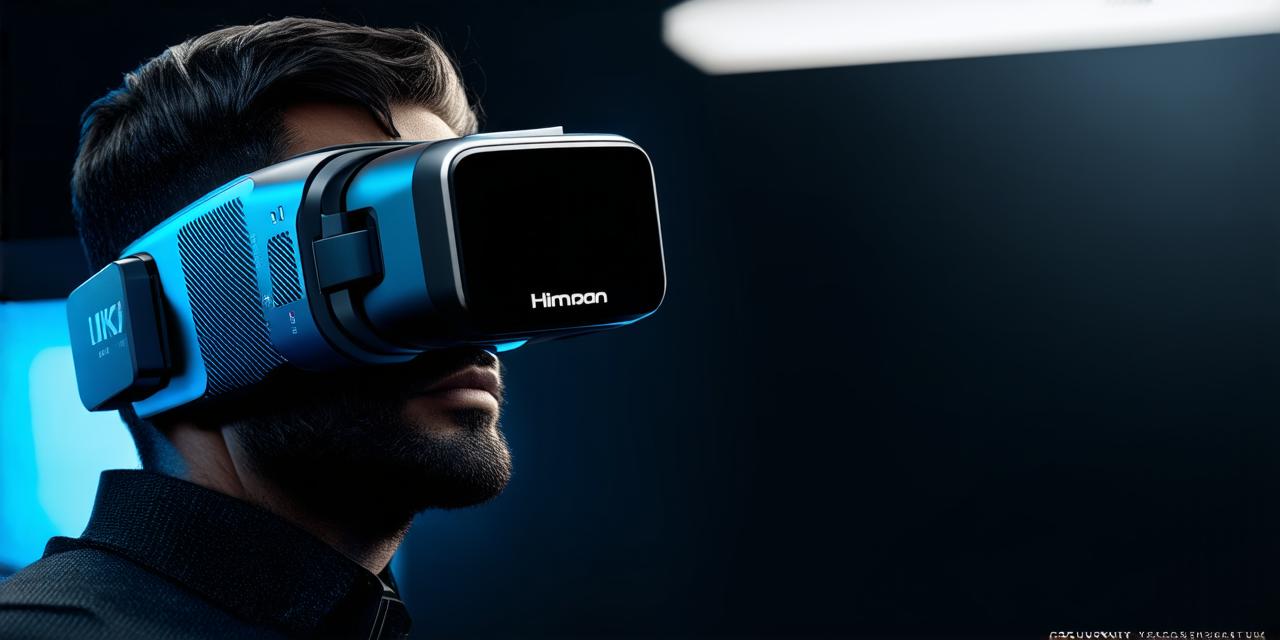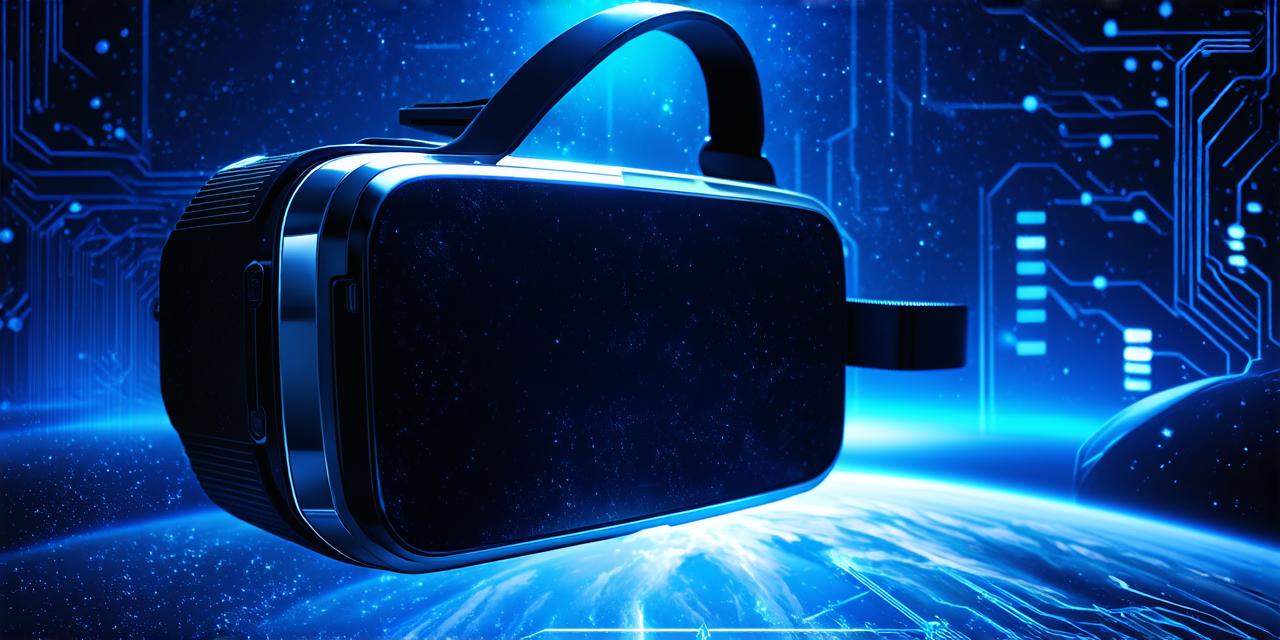Virtual reality (VR) technology has come a long way since its inception. It’s now possible to create immersive and interactive experiences that can transport users into different worlds, allowing them to interact with virtual objects and characters as if they were real.
Motion Tracking: The Heart of Virtual Reality
Motion tracking is the process by which a computer system determines a user’s position and movement in a virtual environment. This information is used to render graphics that appear to be in motion, creating the illusion of real-world interaction.
There are two main types of motion tracking systems: optical and magnetic. Optical systems use cameras and sensors to track a user’s movements, while magnetic systems use magnets to detect changes in a user’s position. Both methods have their advantages and disadvantages, but optics is currently the most widely used technology in VR applications.
Graphics Rendering: Bringing Virtual Reality to Life
Graphics rendering is the process by which the computer system generates and displays images for the user’s virtual environment. This involves a complex interplay between hardware and software components, including graphics processing units (GPUs), render engines, and game engines.
The most important aspect of graphics rendering in VR is real-time rendering. This means that the system must generate and display images in near-real-time, allowing the user to perceive a seamless and immersive experience. This requires significant computational power and can be a bottleneck for VR systems.
Input Devices: The User’s Connection to Virtual Reality
Input devices are used by the user to interact with the virtual environment. These include handheld controllers, gloves, headsets, and other wearable devices.
The most common input device in VR is the handheld controller. This allows users to interact with virtual objects using their hands, such as pointing, grabbing, or wielding weapons. Some VR systems also use gloves, which track the user’s finger movements, allowing them to interact with virtual objects using natural hand gestures.
Software: The Engine Behind Virtual Reality Games
Virtual reality games require specialized software that takes advantage of VR technology to create immersive gameplay experiences. This includes game engines, middleware, and development tools.
Game engines are software platforms that provide a set of tools for developers to create VR games. Examples include Unity, Unreal Engine, and SteamVR. Game engines handle many aspects of game development, including graphics rendering, physics simulation, and user input processing.
Case Studies: Real-World Applications of Virtual Reality Games
One of the most exciting aspects of VR technology is its potential for real-world applications. Here are some examples of how virtual reality games are being used in a variety of industries:
Training and Simulation
Virtual reality can be used to simulate real-life scenarios, providing valuable training opportunities for professionals in fields such as medicine, aviation, and military. For example, pilots can use VR simulations to practice flying in a safe and controlled environment, while medical students can use virtual patients to hone their surgical skills.
Entertainment and Gaming
Virtual reality games have already become a popular form of entertainment, with millions of users worldwide enjoying immersive gaming experiences. From first-person shooters to puzzle games and adventure titles, VR has opened up new possibilities for game design and storytelling.
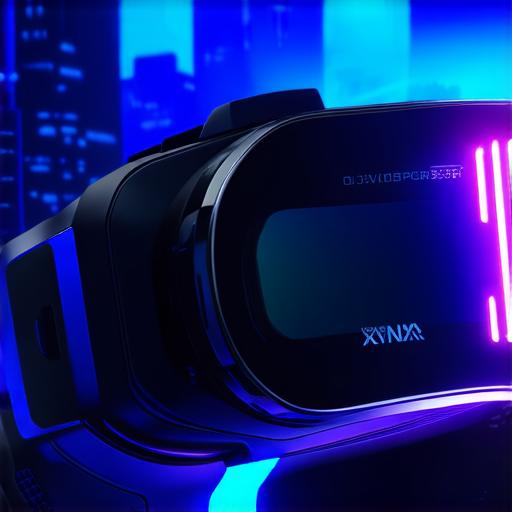
Education and Learning
Virtual reality can be used to create immersive learning experiences that engage students and enhance their understanding of complex topics. For example, history students can use VR to explore ancient civilizations as if they were really there, while science students can use virtual labs to conduct experiments and learn about scientific concepts in a hands-on way.
Retail and Advertising
Virtual reality can be used to create unique and memorable advertising experiences, allowing brands to showcase their products in immersive environments that engage consumers on an emotional level. For example, furniture retailers can use VR to allow customers to visualize products in their own homes before making a purchase, while car manufacturers can use virtual showrooms to allow customers to customize and explore their vehicles in 3D.
Fitness and Health
Virtual reality can be used to create immersive fitness experiences that motivate users to stay active and healthy. From yoga classes and dance parties to intense workout sessions, VR has the potential to revolutionize the way we exercise and maintain our health.
Conclusion
In conclusion, virtual reality games are a complex and fascinating field that requires an understanding of key technologies such as motion tracking, graphics rendering, and input devices. Virtual reality has already found applications in a variety of industries, from training and simulation to entertainment and education. As VR technology continues to evolve, we can expect even more exciting and innovative uses for this powerful technology.
FAQs: Frequently Asked Questions
1. What is the difference between optical and magnetic motion tracking systems?
Optical systems use cameras and sensors to track a user’s movements, while magnetic systems use magnets to detect changes in a user’s position. Optics is currently the most widely used technology in VR applications.
2. How does real-time graphics rendering work in virtual reality?
Real-time graphics rendering involves a complex interplay between hardware and software components, including graphics processing units (GPUs), render engines, and game engines. The most important aspect of graphics rendering in VR is real-time rendering, which allows the system to generate and display images in near-real-time.
3. What are some common input devices used in virtual reality?
Input devices include handheld controllers, gloves, headsets, and other wearable devices. The most common input device in VR is the handheld controller, which allows users to interact with virtual objects using their hands.
4. What are some real-world applications of virtual reality games?
Virtual reality has found applications in a variety of industries, including training and simulation, entertainment and gaming, education and learning, retail and advertising, and fitness and health.
5. What is the future of virtual reality technology?
As VR technology continues to evolve, we can expect even more exciting and innovative uses for this powerful technology. Some potential applications include remote work and collaboration, virtual travel and tourism, and advanced healthcare and medicine.
